Fix: OneDrive Is Missing from File Explorer in Windows 10
Issues with syncing or a bug in the OS can cause this problem
9 min. read
Updated on
Read our disclosure page to find out how can you help Windows Report sustain the editorial team. Read more
Key notes
- If OneDrive is missing from File Explorer, make sure you have the latest updates installed.
- Switching to a local account can sometimes help fix the problems with file syncing.
- Make sure that your settings aren't interfering with the OneDrive in any way.

OneDrive is one of the most important parts of Windows, especially for those who use Office apps a lot. But, Microsoft’s cloud storage client can sometimes cause some trouble, as many reported that OneDrive is missing in File Explorer in Windows 10.
This is a strange issue that doesn’t happen quite often, but if it happens to you, things will surely get annoying. Though there are several ways to fix things if the OneDrive icon is missing in File Explorer.
Why is OneDrive not showing in File Explorer on Windows?
If OneDrve has sync issues, it might not appear properly in Windows. This isn’t the only problem, many reported that OneDrive status icons are missing on their PC.
There are multiple reasons for this, most notably bugs in the system, and a quick update should fix that. Alternatively, restarting the necessary services might help.
That’s not the only issue, and many reported that OneDrive doesn’t show thumbnails, but you might be able to fix that by waiting for the files to sync properly.
Why is OneDrive missing on my PC?
This can occur for several reasons, such as issues with your Microsoft or user account. Missing updates can also cause issues with certain components, leading to OneDrive missing from File Explorer in Windows 10.
In some instances, you might be having problems with your registry or policy settings that are preventing OneDrive from working properly.
Where are OneDrive files stored locally?
Users typically create the same local file on their PCs after uploading it to the cloud. Typically, it is stored on the following path:
C:\Users[username]\OneDrive
Please substitute your exact username for [username].
As more files are uploaded to the cloud over time, local files may be formed.
What other issues with OneDrive can appear?
- OneDrive not showing in File Explorer Windows 10 – If OneDrive isn’t showing in File Explorer, that might be due to your policy settings. To fix the issue, you need to go to Group Policy Editor and check if OneDrive is enabled.
- OneDrive shared folder not showing in Explorer – This is another problem that can appear with OneDrive. However, you can fix that problem simply by installing the missing Windows Updates.
- OneDrive disappeared Windows 10 – Some users reported that OneDrive disappeared completely from Windows 10. This can be a problem, but you might be able to fix it simply by modifying the Registry.
- OneDrive missing from Taskbar – Several users reported that OneDrive is missing from their Taskbar. This is a minor problem, and you should be able to fix it by running the OneDriveSetup.exe file.
So, we gathered a few possible solutions for this problem, and we hope at least one of them will be helpful to you. Check out those solutions below.
What can I do if OneDrive is missing from File Explorer?
Before heading to the slightly complex solutions, try these quick ones:
- Restart the computer.
- Update Windows 10 in case there are any pending updates for the OS.
If these two don’t work, get to the solutions listed next.
1. Make sure your PC is synced with OneDrive
If your computer isn’t fully synced with the cloud, the OneDrive folder will be missing in File Explorer in Windows 10. So, before you try anything else, ensure everything is synced correctly.
If you notice any issues in this regard, find out what to do if the OneDrive account isn’t synced properly in Windows 10.
Alternatively, you can switch to another, more reliable cloud-sharing service such as Sync and avoid all these problems.
2. Save an image to OneDrive
- Right-click on the OneDrive icon in the system tray, click on the gear icon and then choose Settings.
- Now, enable the toggle for Save the screenshots I capture to OneDrive.
- Press Windows + Shift + S to open Snip and Sketch and capture a screenshot.
- Once it’s captured, open the file, press Ctrl + S, enter a name for the screenshot, and then click Save.
- Now, press Windows + E to open File Explorer, and the OneDrive option should be listed in the navigation pane.
A quick workaround shared by one of our readers was to capture a screenshot using Snip and Sketch and upload it to OneDrive, which would automatically get the cloud service to appear in File Explorer, and it will no more be missing in Windows 10.
3. Switch to a Local Account
- Press Windows + I to open the Settings app, and navigate to the Accounts section.
- If you’re already logged in with your Microsoft Account (and you probably are), click on Sign in with a local account instead.
- Click on Next to proceed.
- Enter your Microsoft account credentials to confirm that you’re authorized to make the change, and then click OK.
- Enter your new local user name and password, you can also add a password. Click Next.
- Click Sign out and finish.
- Once you log back in, navigate to the Settings app and go to Accounts.
- Go to Sign in with a Microsoft account instead
- Enter your login credentials.
If you run into any issues, find out how to fix things when unable to log in with the Microsoft account in Windows.
4. Make sure the file path isn’t too long
- Visit the OneDrive web app and log in.
- Locate the file or directory that might be causing problems.
- Right-click it and choose Rename.
- Now enter a shorter name.
- Check if the problem is resolved.
OneDrive allows only 440 characters-long file paths, so if a path of your specific file or folder is longer, it won’t be shown, so be sure to change it.
5. Remove all OneDrive entries from your registry
 NOTE
NOTE
- Press Windows key + R and enter regedit. Now press Enter.
- Go to Edit and select Find.
- In Find what field enter onedrive and make sure to check all Look at options. Now click Find next.
- Once you find OneDrive entries, remove them and repeat the previous step. Keep repeating this process until you remove all OneDrive entries from your PC.
- According to users, there might be about 20 entries on your PC, so this process can take a while.
6. Modify your registry
- Press Windows key + R and enter regedit.
- Now navigate to this key on your PC:
HKEY_LOCAL_MACHINE\SOFTWARE\Policies\Microsoft\Windows - Now look for the OneDrive key. If it’s not available, right-click on Windows and expand the New section, and select Key. Name the key OneDrive.
- Navigate to the OneDrive key.
- Now look for DisableFileSyncNGSC key in the right pane and double-click to open it.
- If it’s missing, simply right-click the empty space in the right pane, expand the New menu and select DWORD (32-bit) Value.
- Now enter DisableFileSyncNGSC as the name of the new key. Double-click the newly created DWORD.
- Now change the Value data to 0 and click OK to save changes.
According to users, sometimes you might be able to fix the problem by modifying your registry. Once you make these changes, OneDrive should not be missing from File Explorer in Windows 10 anymore.
7. Make changes to your Group Policy
- Press Windows key + R and enter gpedit.msc. Now press Enter.
- In the left pane, navigate to Computer Configuration and then to Administrative Templates. Now choose Windows Components and select OneDrive.
- Now double-click Prevent the usage of OneDrive for file storage to open its properties.
- When the properties window opens, set the policy to Not Configured and click Apply and OK to save changes.
If OneDrive is missing from your PC, the problem might be your group policy. Sometimes certain policies can be set that will prevent OneDrive from working properly. However, you can always manually disable these policies.
After doing that, OneDrive should start working again, and you won’t have any issues with it.
8. Run the OneDriveSetup.exe file
- Press Windows + R, paste the following path, and hit Enter:
%localappdata%\Microsoft\OneDrive\Update - The Update directory will now appear. Double-click OneDriveSetup.exe and follow the instructions on the screen to set up OneDrive.
After running the OneDrive.exe file is missing in File Explorer, the other methods here should get things up and running.
How do I add OneDrive to File Explorer on Windows 11?
Make sure that the OneDrive icon isn’t hidden
- Press Windows key + S and type taskbar. Select Taskbar settings from the search results.
- Now click on Taskbar corner overflow.
- If OneDrive is on the list, make sure that it’s enabled.
Once done, OneDrive should appear in File Explorer and will not be missing anymore in Windows.
Is OneDrive free to use?
Yes, when you sign up with a Microsoft account, you get 5GB of cloud storage for free. However, if you need more space, you’ll need to purchase a subscription.
But even in the free version, OneDrive offers enough space for basic needs, so it’s worth checking out.
Is OneDrive available on all versions of Windows?
This used to be the case, but Microsoft has plans to drop support for older versions up to 10. Only Windows 10 and 11 users will have the OneDrive app available.
However, the web version will continue to work regardless of the platform you’re using, so you won’t lose your files.
How do I add OneDrive to the Explorer navigation pane?
- Press Windows + R to open the Run command, enter regedit in the text field, and click OK.
- Click Yes in the UAC prompt that appears.
- Paste the following path in the address bar and hit Enter:
Computer\HKEY_CURRENT_USER\Software\Classes\CLSID{018D5C66-4533-4307-9B53-224DE2ED1FE6} - Now, double-click the System.IsPinnedToNameSpaceTree DWORD.
- Enter 1 under Value Data, and click on OK to save the changes.
- Similarly, set 1 as the value data for the same DWORD in the following path:
HKEY_CURRENT_USER\Software\Classes\WOW6432Node\CLSID{018D5C66-4533-4307-9B53-224DE2ED1FE6}
So, if OneDrive is not showing in the File Explorer navigation pane in Windows 11, you can now easily add it.
That’s about it, we hope this article helped you to solve the problem when OneDrive is missing in File Explorer in Windows 10 and 11. Also, find out what to do if you can’t access the OneDrive account.
If you have any comments, questions, or suggestions, just let us know in the comment section below.
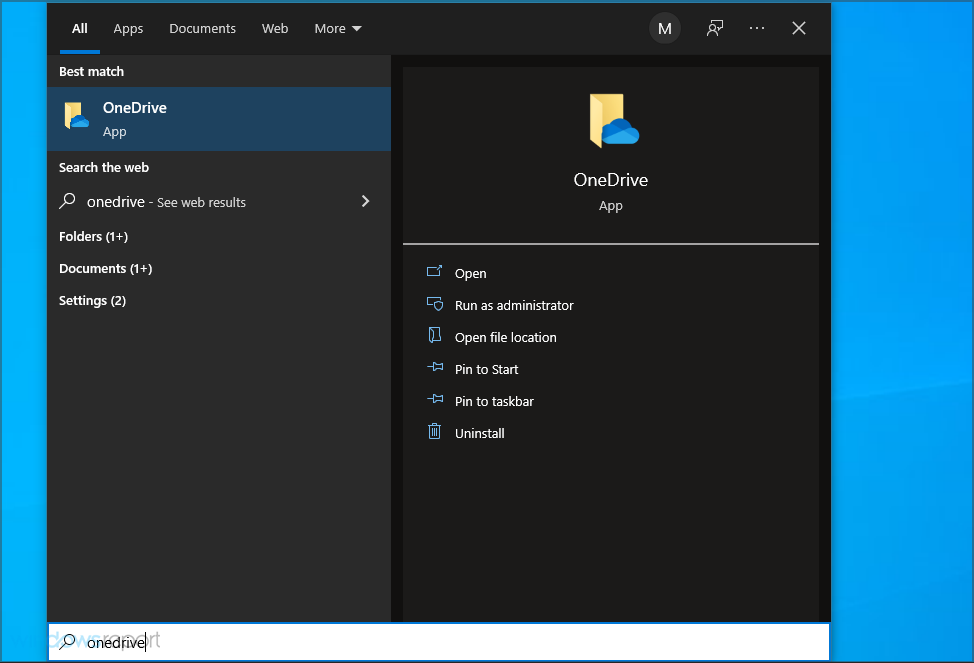


























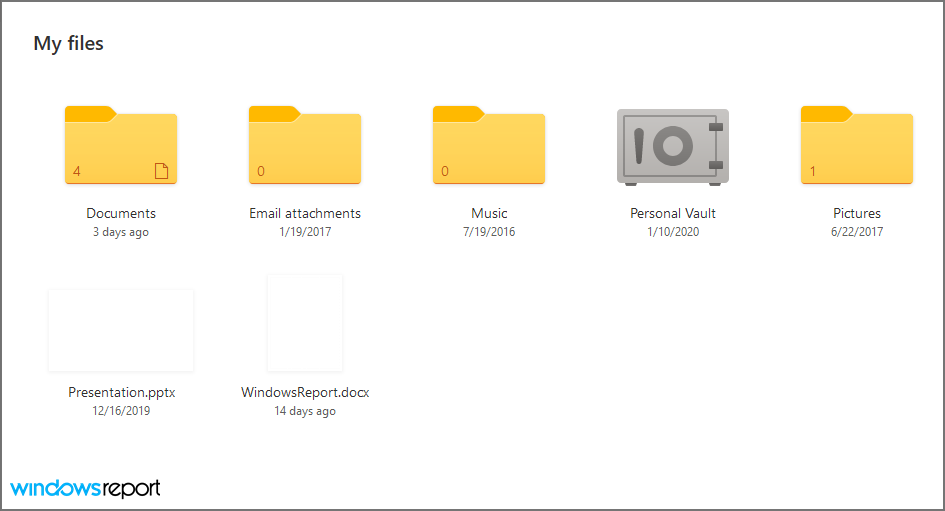




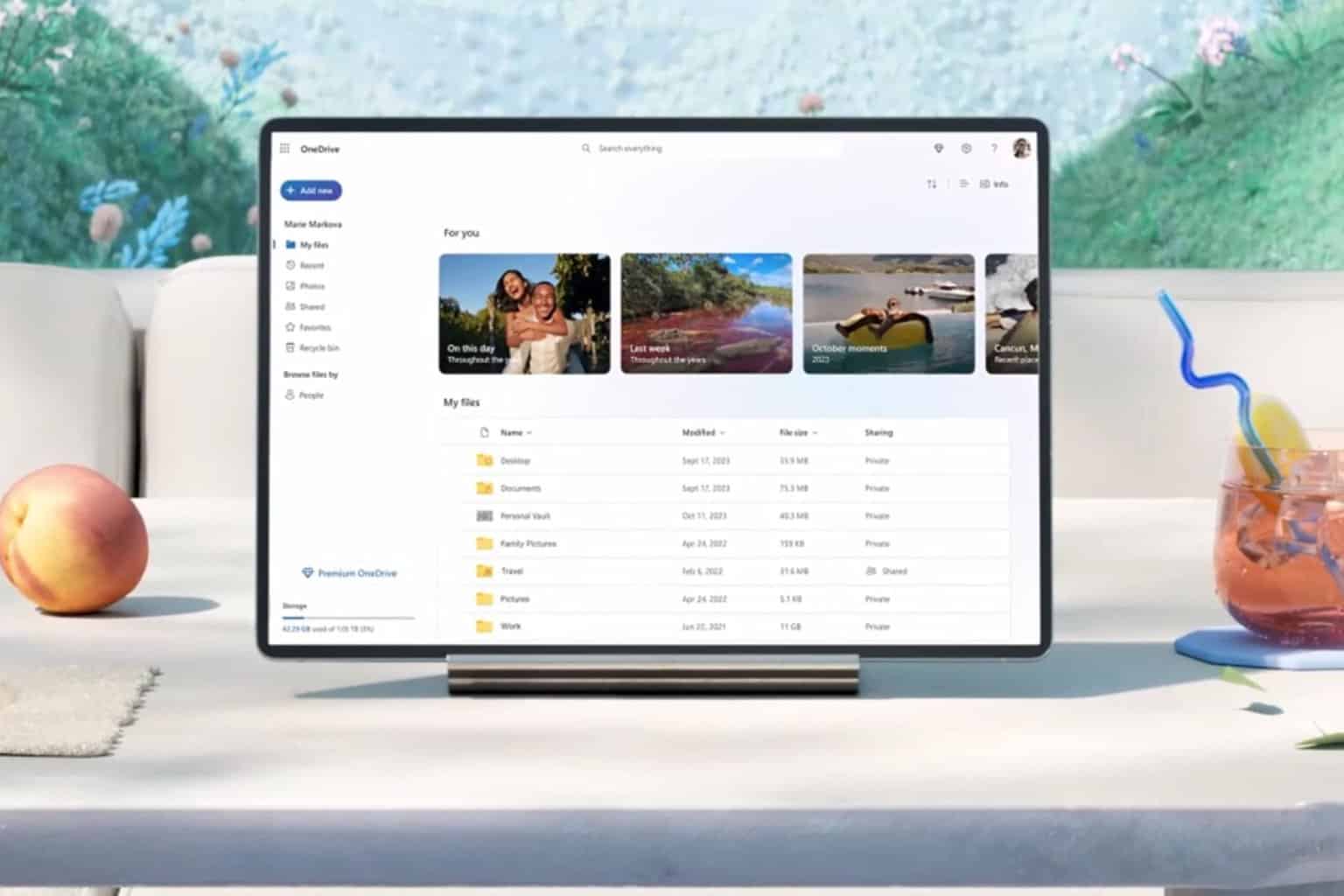
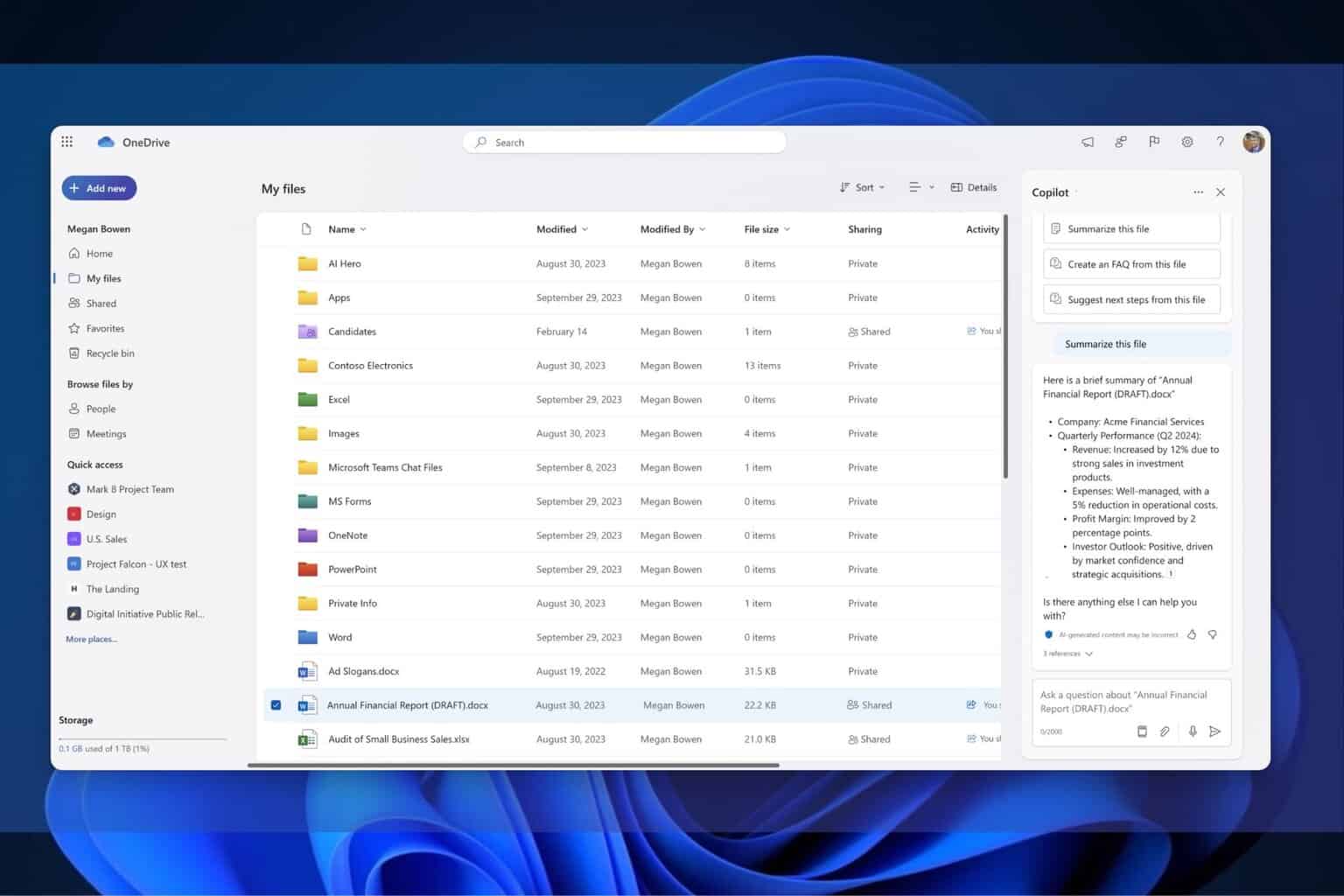



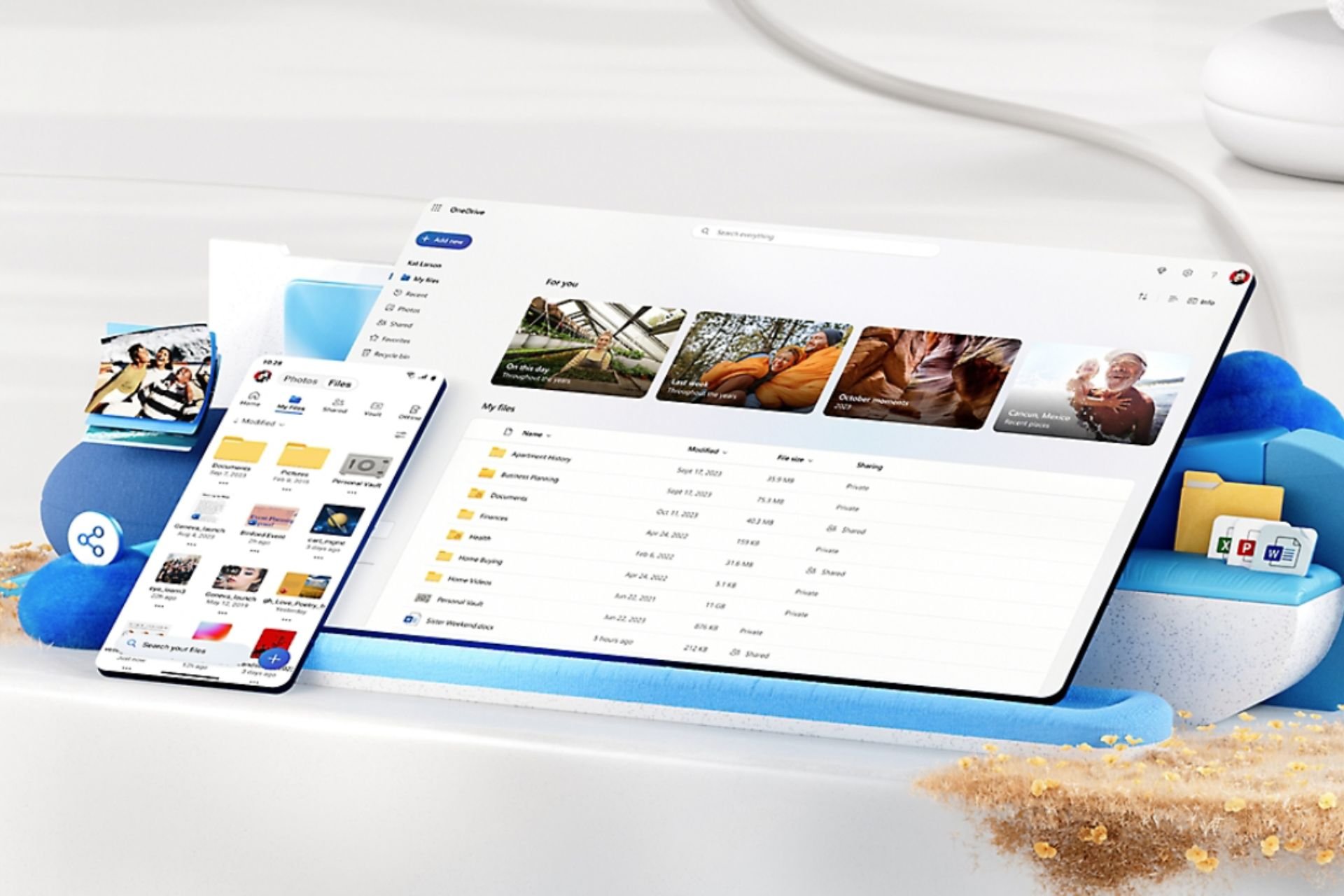

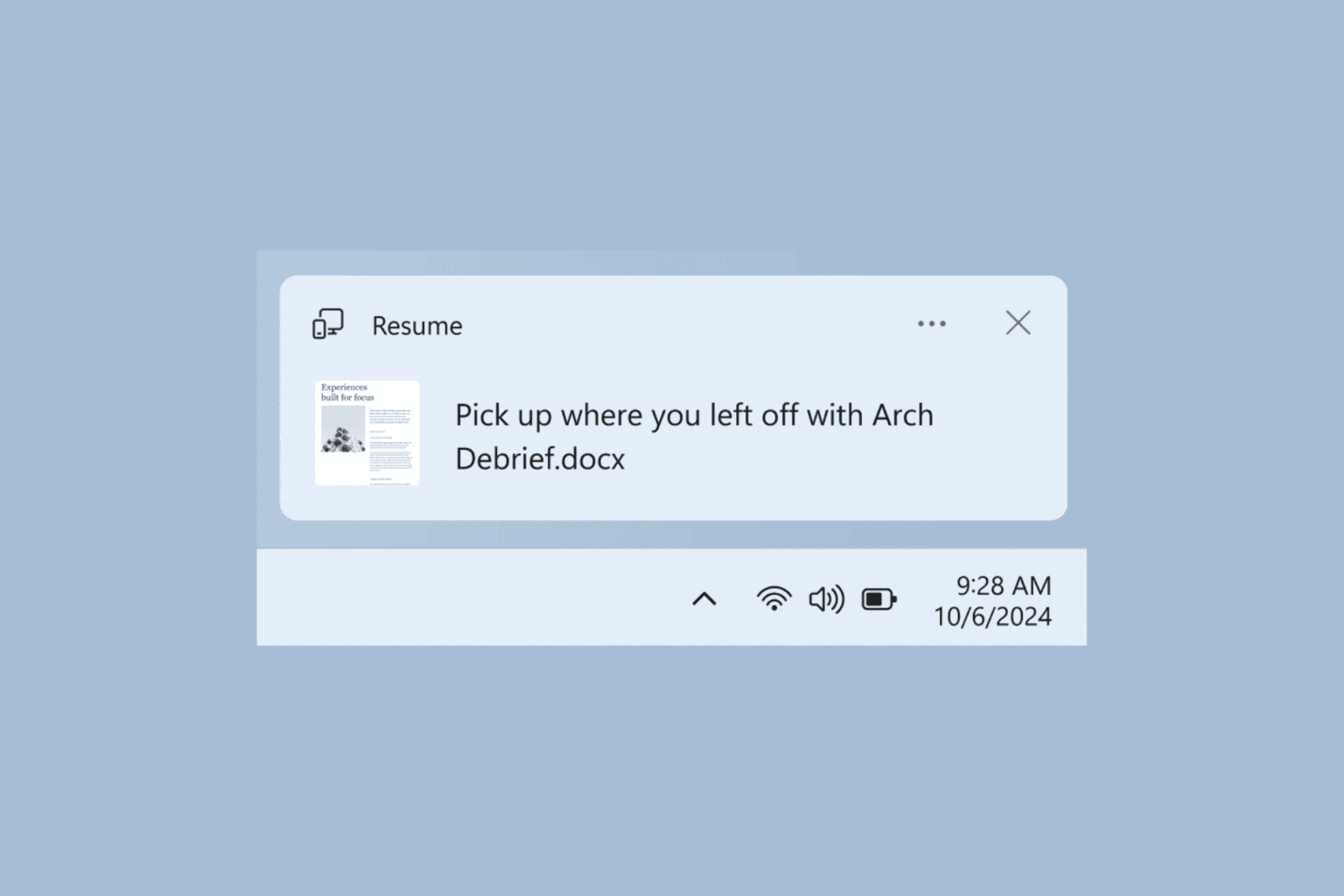
User forum
5 messages